Resteclin
✅ Antibacterial properties
✅ Treats acne effectively
✅ Reduces skin inflammation
✅ Clears skin blemishes
✅ Fights respiratory infections
Resteclin contains Tetracycline.
Product Overview
Resteclin is a tetracycline-based antibiotic medication containing the active ingredient Tetracycline. As part of the tetracycline class of antibiotics, it demonstrates efficacy against numerous bacterial infections. The medication is formulated in multiple delivery forms including capsules and oral suspensions to accommodate different treatment needs. Its mechanism of action involves inhibiting bacterial protein synthesis, effectively halting the proliferation of infection-causing bacteria. Medical practitioners frequently prescribe Resteclin for conditions including acne, respiratory infections, urinary tract infections, and certain sexually transmitted diseases.
Uses
This medication is indicated for bacterial infections caused by susceptible microorganisms. Common therapeutic applications include treatment of acne vulgaris, respiratory tract infections, urinary tract infections, sexually transmitted diseases (particularly chlamydia and gonorrhea), and specific dermatological infections. Resteclin acts by targeting and eradicating pathogenic bacteria, thereby alleviating symptoms and facilitating tissue recovery.
How to Use
Capsules should be swallowed intact with ample water, ideally on an empty stomach (either one hour before or two hours after meals). Avoid crushing or chewing capsules to maintain efficacy and minimize adverse effects. For oral suspensions, shake thoroughly before administration and use the provided measuring device for accurate dosing. Complete the full prescribed course even if symptoms subside earlier.
Mechanism of Action
The therapeutic effect of Resteclin stems from its ability to disrupt bacterial protein synthesis. Tetracycline binds to the 30S ribosomal subunit, preventing tRNA-mRNA complex formation. This interference with polypeptide chain elongation effectively suppresses bacterial growth and replication, leading to bacterial eradication and symptom resolution.
Dosage and Administration
Dosage regimens vary according to infection type/severity and patient-specific factors (age, weight, renal function). Standard oral dosing ranges from 250-500 mg administered every 6-12 hours. Treatment duration typically spans 7-14 days. Strict adherence to prescribed dosing schedules is essential for optimal therapeutic outcomes.
Benefits
Key advantages include:
– Broad-spectrum antibacterial coverage
– Multiple formulation options for patient convenience
– Effective symptom relief and infection clearance
– Bacteriostatic action preventing bacterial proliferation
Common Side Effects
Frequently reported adverse effects include:
– Gastrointestinal disturbances (nausea, vomiting, diarrhea)
– Photosensitivity reactions
– Potential for oral candidiasis
– Tooth discoloration in pediatric populations
Report persistent or severe reactions to your healthcare provider.
Warnings
Important precautions:
– Disclose hepatic/renal impairment or medication allergies
– Avoid concomitant use with dairy, antacids, or mineral supplements
– Pregnancy/breastfeeding contraindications
– Implement sun protection measures
– Discontinue use and seek medical attention for hypersensitivity reactions
Storage Information
– Capsules: Store at controlled room temperature (15-30°C)
– Oral suspensions: Refrigerate (2-8°C)
– Keep all formulations in original packaging
– Properly dispose of expired medications
– Maintain out of children’s reach
Disclaimer:
This information serves educational purposes only and does not constitute medical advice. While we strive to provide accurate, physician-reviewed content, this should not replace professional medical consultation. Not all potential interactions, side effects, or contraindications may be listed. Always consult your healthcare provider regarding treatment options and health concerns. Our aim is to supplement, not substitute, the crucial relationship between patients and their physicians.
| Strength | 500 mg |
|---|---|
| Quantity | 30 Capsule/s, 60 Capsule/s, 90 Capsule/s, 180 Capsule/s |
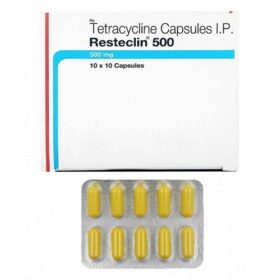 Resteclin
Resteclin









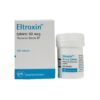
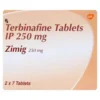

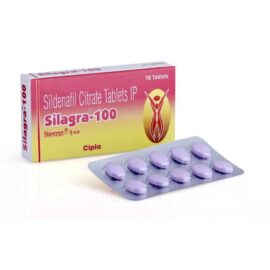
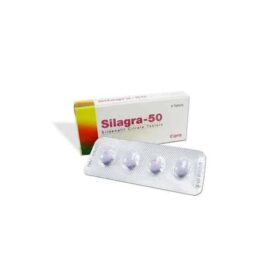
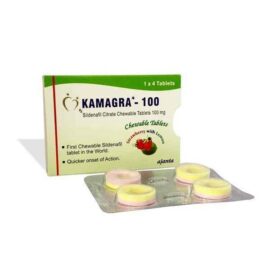

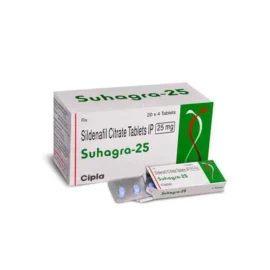
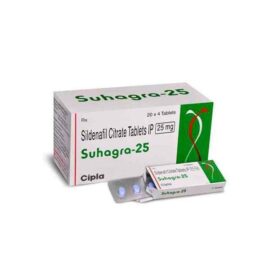


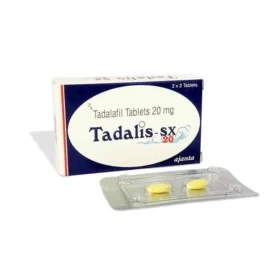
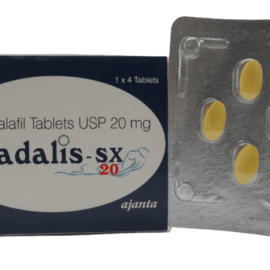
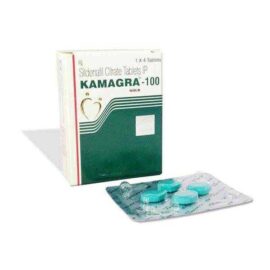
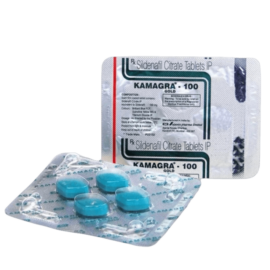
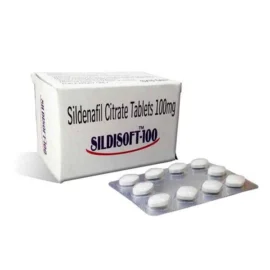
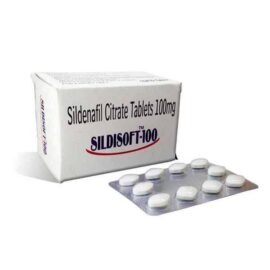
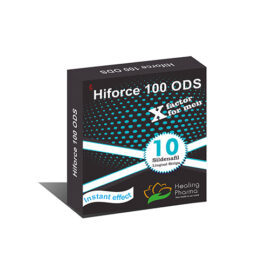
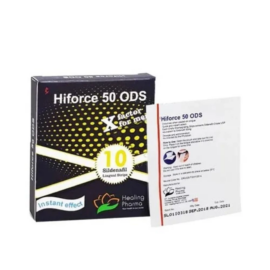
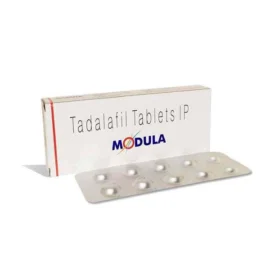
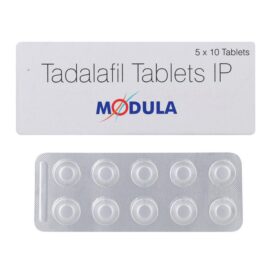
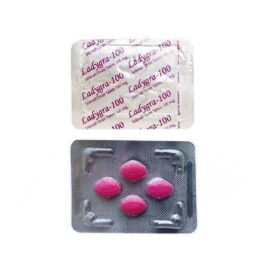
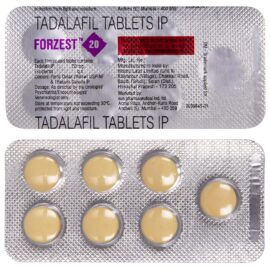
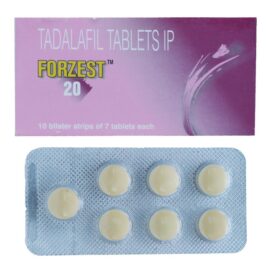
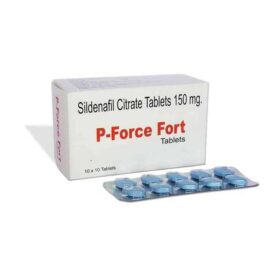
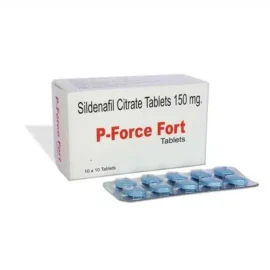
Reviews
There are no reviews yet